Knee Injury Physical Therapy NYC
knee injuries physical therapy in Midtown New York
Injuries to the knee include meniscal tears, ligament tears, arthritis and traumatic injuries. After injury, the position of rest and minimal pain is a slight bend in the knee, about 20 degrees of flexion. The knee can also be placed in an immobilization brace depending on the injury which can lead to significant difficulty in motion after removal.
The knee joint is another hinge joint, similar to the elbow joint. The knee consists of the femur and the tibia and fibula bones. The tibia is the larger and more medial bone (the shin bone) and the fibula is the thinner, longer and more lateral bone on the outside of the lower leg.
The knee incurs many stresses in that it can flex, or bend deeply and can torque, or pivot. The are two cartilaginous structures within the joint called menisci. Each meniscus is a circular structure, one on the inside and one on the outside of the knee joint. The function of the menisci are to absorb shock, reduce friction and allow for greater space between the bones of the knee. There are also many ligaments within and around the knee joint, called cruciate and collateral ligaments, respectively. Ligaments are dense, tensile-withstanding structures much like thick, difficult to stretch rubber bands. The cruciate ligaments inside the joint are able to withstand more rotational than translatory forces. The collateral ligaments outside the joints are able to withstand more translatory than rotational forces. All structures work synergistically to prevent excessive motion at the knee.
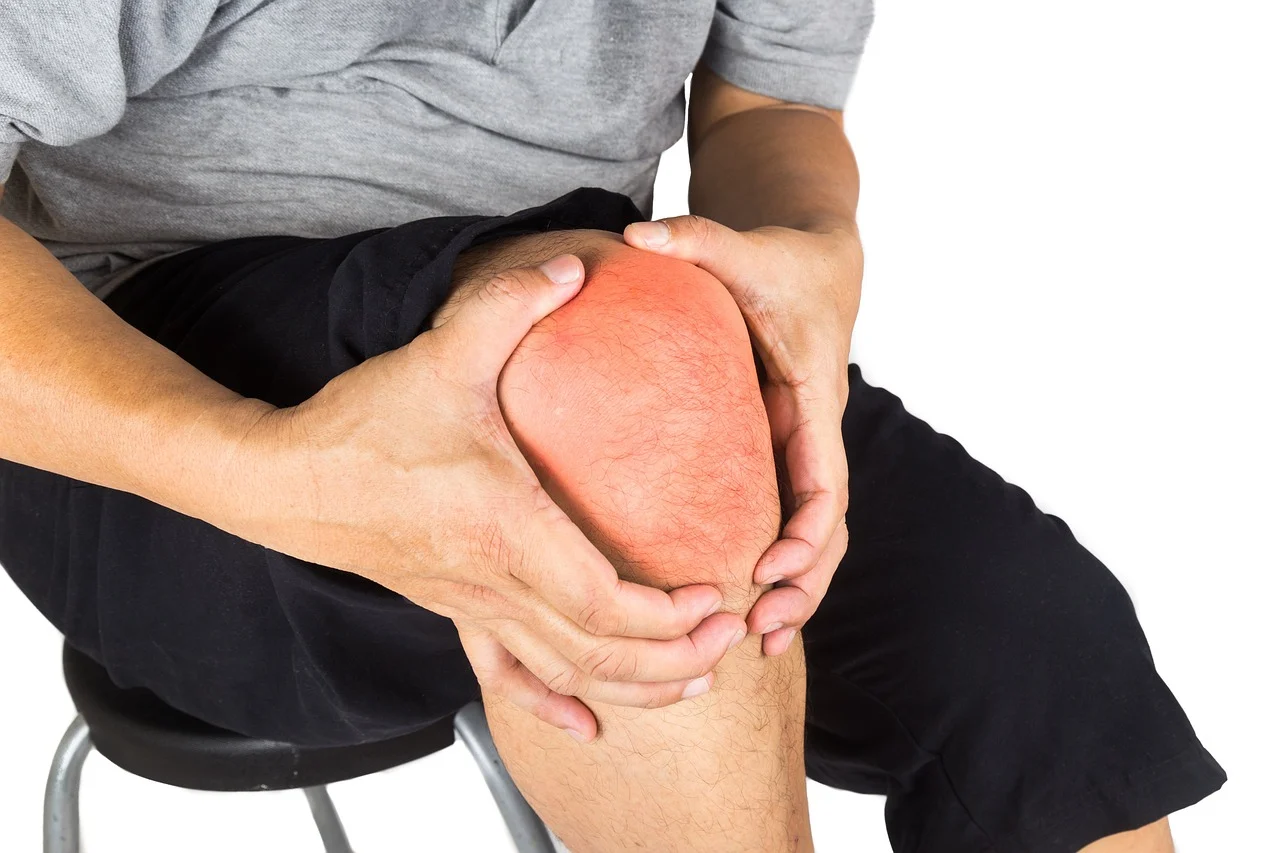
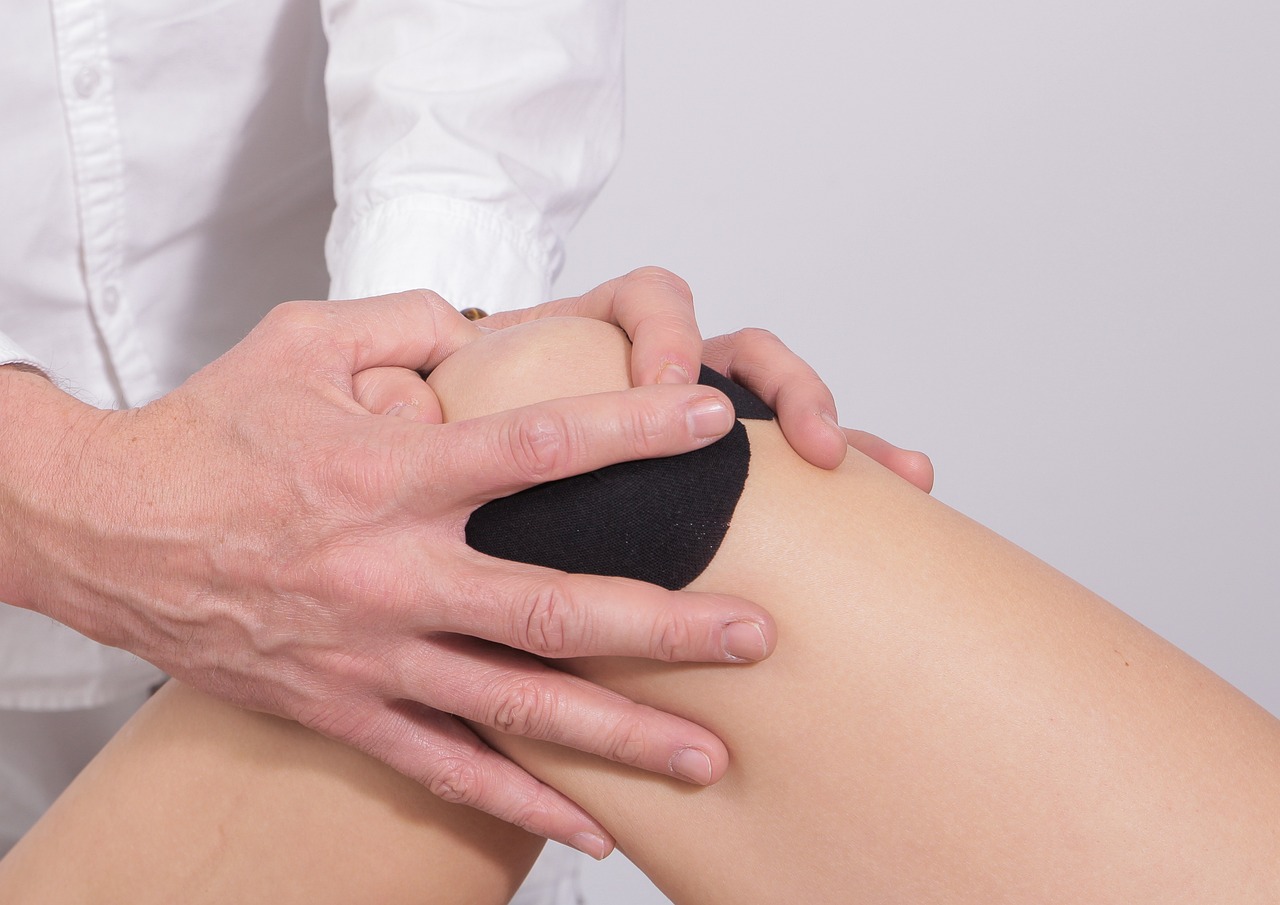
The technique demonstrated is a knee flexion joint mobilization. Much like the elbow, the knee can be bent as a hinge, but also on an angle. The function of this joint mobilization is to restore full bending to restore functional activities such as sitting, squatting, kneeling and dressing or self-care to the lower leg.
our approach
- The patient is lying on her back.
- The therapist stands on the affected side, facing the affected knee.
- The thigh of the patient is held close into the trunk of the therapist using the arm closer to the patient’s head.
- The therapist’s lower arm grasps the ankle of the knee and bends the patient’s heel toward the buttock. This is the mobilizing force.
- Angles in the knee joint can be accomplished by twisting the thigh toward the inside or outside, then applying the mobilizing force.

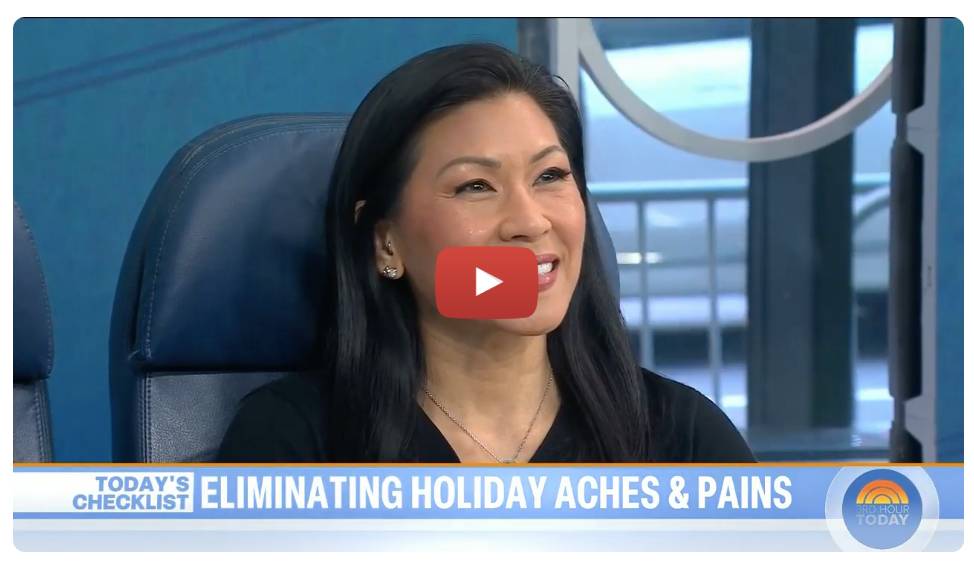


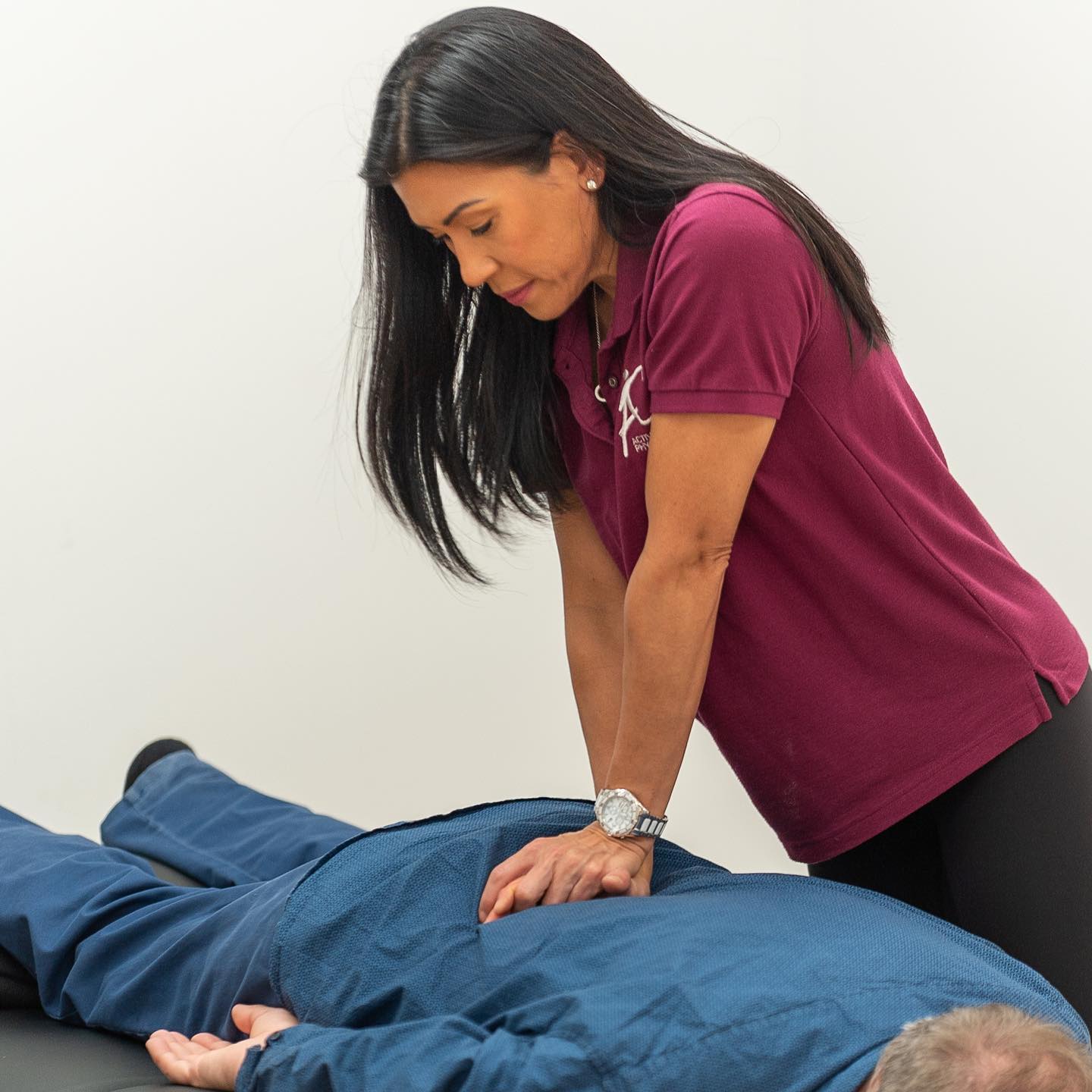
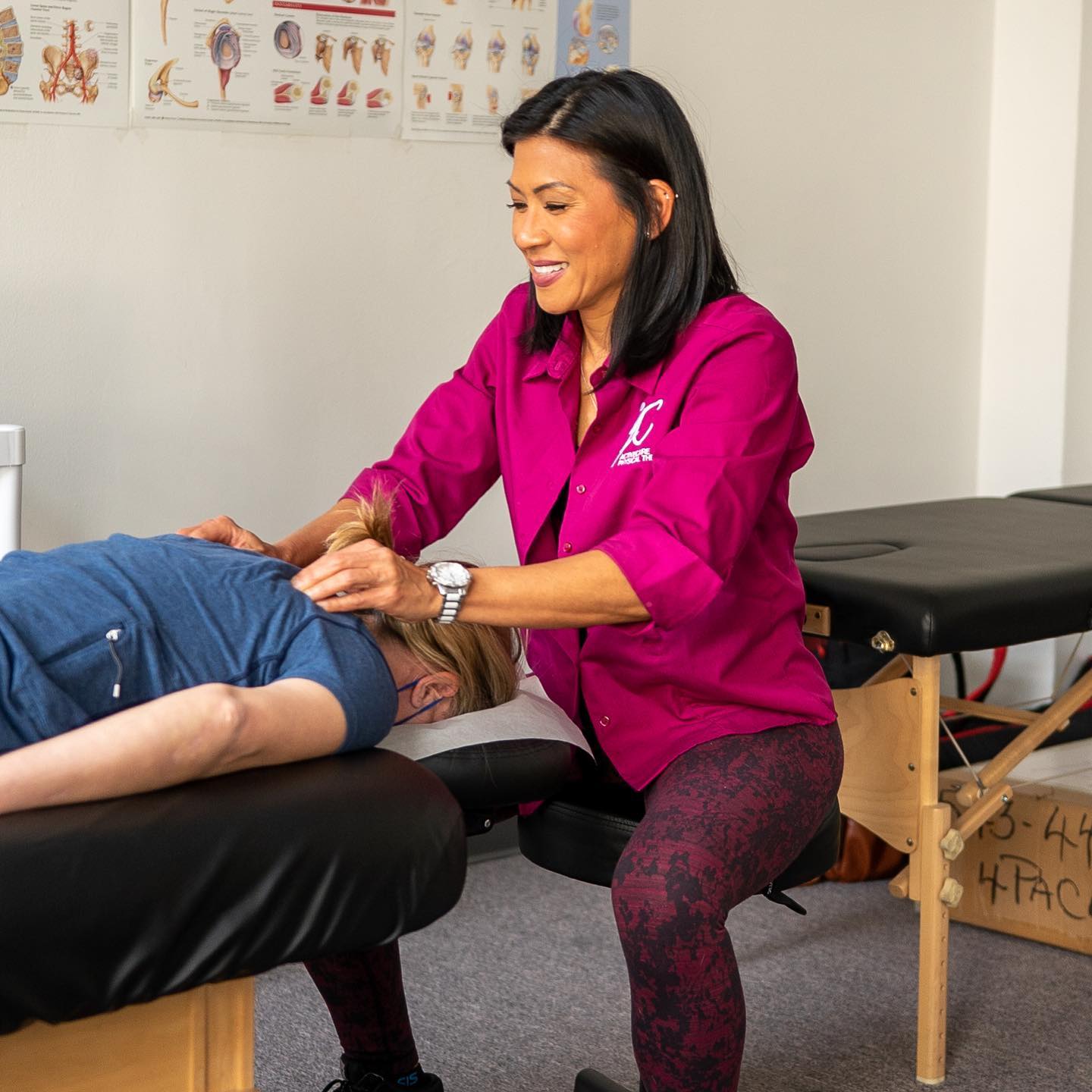





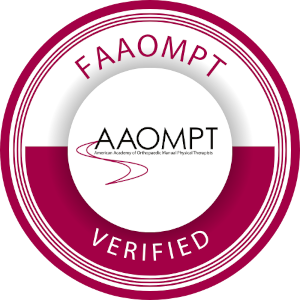
.jpg)



